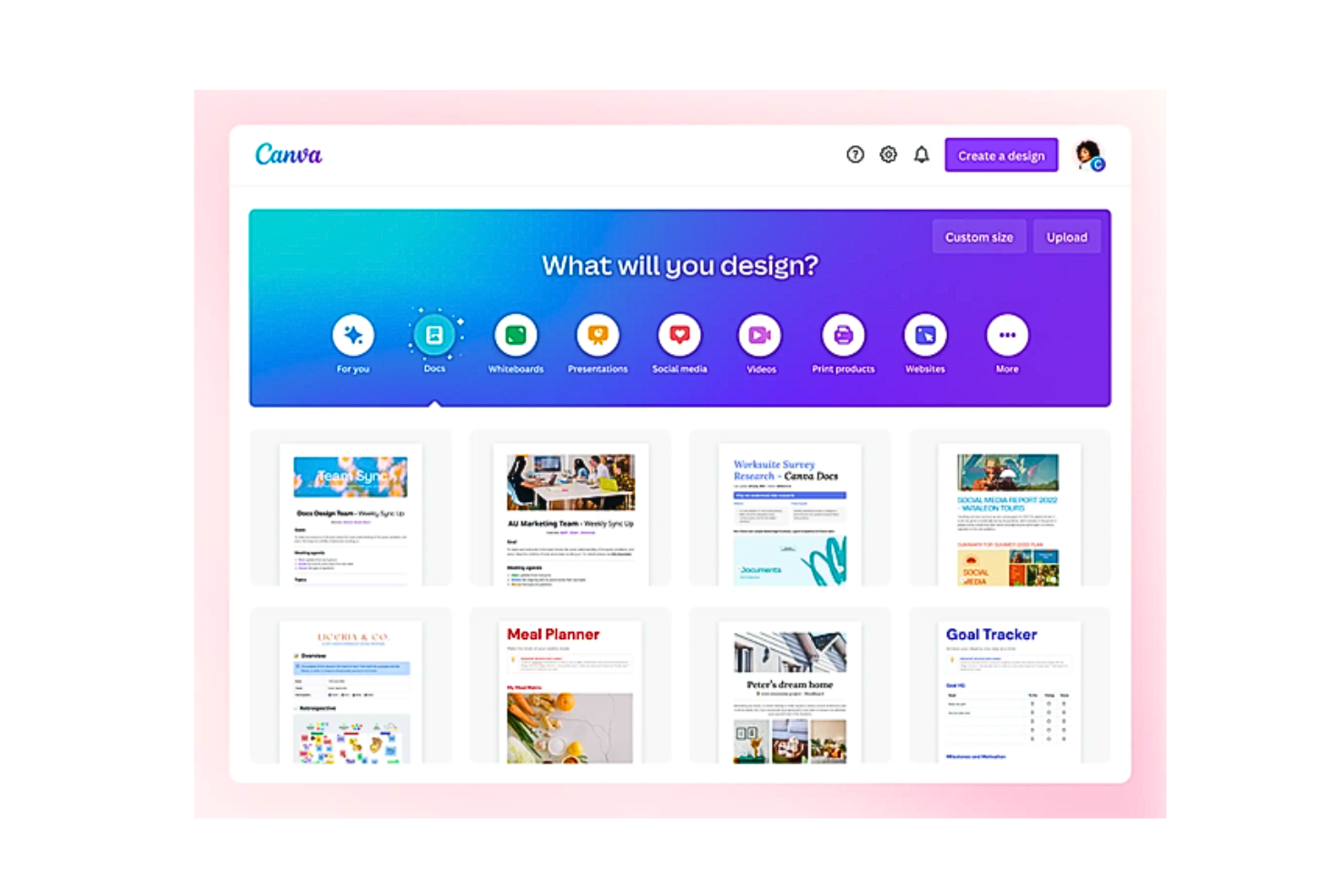Top Fads Forming the Future of Ingenious Web Design
Top Fads Forming the Future of Ingenious Web Design
Blog Article
Checking Out the Effect of Receptive Website Design on Accessibility and Individual Satisfaction Across Various Gadgets
The introduction of receptive web design (RWD) has actually transformed the digital landscape, especially in enhancing access and individual satisfaction across a multitude of gadgets. By using versatile designs and adaptive user interfaces, RWD not only provides to diverse individual needs however additionally attends to the vital importance of inclusivity in web experiences.
Definition of Responsive Web Layout

The core concept of RWD is to provide an ideal watching experience, that includes very easy reading and navigation without the need for too much scrolling or resizing. This adaptability is essential in an electronic landscape where customers access information via various devices with differing screen resolutions. RWD not only improves use however also improves load times, as it normally employs a single codebase to offer several devices, lowering the need for separate mobile websites.
Eventually, Receptive Website design aims to create a interesting and cohesive individual experience, making sure that content is visually attractive and functionally reliable, no matter of the tool being made use of. This flexibility is crucial in fulfilling the diverse demands these days's internet customers, cultivating involvement and fulfillment across platforms.
Value of Accessibility
How can we ensure that all individuals, despite their capabilities, can involve with web content properly? Ease of access in web layout is of vital relevance, as it cultivates inclusivity and guarantees equivalent access to information for people with handicaps. This includes visual, acoustic, and cognitive impairments, calling for developers to consider varied user needs.

By prioritizing availability, companies not only follow lawful needs yet likewise enhance their brand online reputation, demonstrating a dedication to social duty. Accessible websites typically result in improved usability for all users, as functions developed for inclusivity can profit a wider target market.
Ultimately, the importance of accessibility transcends plain conformity; it is about producing an electronic setting where every user can browse, understand, and involve with material successfully, therefore enhancing the general internet experience for everybody.

Customer Contentment Across Instruments
Numerous customers anticipate a smooth experience when accessing internet content throughout different tools, from desktop computers to mobile phones. This expectation is rooted in the boosting variety of gadgets and screen dimensions offered today. Receptive website design (RWD) plays a crucial function in meeting these assumptions by making sure that internet sites adjust fluidly to different display atmospheres.
Individual fulfillment is substantially affected by the accessibility and usability of a web site. When users can conveniently navigate, review, and engage with content no matter the tool they are using, their total satisfaction rises. A well-implemented receptive design minimizes the demand for zooming or horizontal scrolling, which can lead and frustrate customers to greater bounce prices.
Additionally, user contentment is also influenced by variables such as packing speed and aesthetic charm. RWD strategies that optimize pictures and enhance code can improve efficiency, thereby adding to a more pleasurable customer experience. As individuals involve with content that is tailored to their gadget, they are most likely to hang out on the site, return for future check outs, and recommend it to others. Inevitably, receptive web style fosters a favorable connection between users and internet content across devices.

Effect On Mobile Users
Over 54% of international web traffic now originates from smart phones, highlighting the vital significance of maximizing web experiences for this individual base. Responsive website design (RWD) plays a critical role in boosting ease of access and user fulfillment for mobile users. By helpful site adjusting format, pictures, and capabilities to different screen dimensions, RWD makes sure that content is not only visually attractive however also conveniently accessible, no matter of the device made use of.
The effect of RWD on mobile customers expands beyond looks; it substantially affects usability. A well-designed responsive site reduces the need for too much scrolling and zooming, helping with an extra instinctive communication. Additionally, it fosters inclusivity by suiting customers with differing capacities, ensuring that those that rely upon mobile phones can access info easily.
In addition, mobile individuals benefit from faster filling times, as RWD optimizes sources based on tool abilities - web design. This efficiency is crucial, as mobile users usually look for quick information and may abandon websites that fall short to fill without delay. Ultimately, the combination of responsive website design is necessary for satisfying the diverse requirements of mobile individuals, enhancing their overall experience and motivating continued interaction with the content
Ideal Practices for Execution
Carrying out responsive web design (RWD) successfully requires adherence to numerous ideal techniques that make sure ideal performance throughout gadgets. Making use of a liquid grid design is necessary; this enables aspects to resize proportionally based on the display dimensions, supplying a seamless experience. Furthermore, using flexible photos makes certain that visuals scale appropriately without losing high quality look at this website or causing design issues.
Next, implementing media queries is vital for applying different designs based upon device features. These queries enable developers to tailor the individual experience for specific resolutions, improving functionality and access. Prioritizing mobile-first style can lead to far better performance by originally focusing on the tiniest displays and gradually boosting the experience for larger gadgets.
It is additionally important to regularly check the internet site across different platforms and gadgets to determine prospective use problems. Devices over at this website such as web browser developer tools and responsive style screening solutions can assist in this procedure. Ensuring that all interactive elements are touch-friendly and optimizing page lots times considerably add to user satisfaction and access. By sticking to these best techniques, companies can develop a robust and available internet existence that meets the varied requirements of individuals across various devices.
Final Thought
In verdict, receptive internet layout plays an important function in boosting accessibility and user satisfaction across varied gadgets. By carrying out versatile grids, photos, and media queries, RWD promotes a smooth individual experience, specifically for people with specials needs. As mobile usage remains to enhance, the adoption of RWD comes to be necessary for supplying aesthetically appealing and functionally reliable sites. Eventually, the combination of finest techniques in responsive layout promotes inclusivity, decreases bounce rates, and advertises better individual involvement.
The introduction of receptive web layout (RWD) has changed the electronic landscape, specifically in enhancing ease of access and individual fulfillment throughout a plethora of gadgets.Responsive Web Style (RWD) transforms the individual experience throughout different devices by making sure that web material adapts fluidly to different display dimensions and orientations. Ultimately, receptive internet layout cultivates a positive relationship between customers and internet material across devices.
Over 54% of worldwide web website traffic now stems from mobile tools, highlighting the important significance of optimizing internet experiences for this individual base. Receptive web design (RWD) plays a critical duty in boosting accessibility and individual satisfaction for mobile users.
Report this page